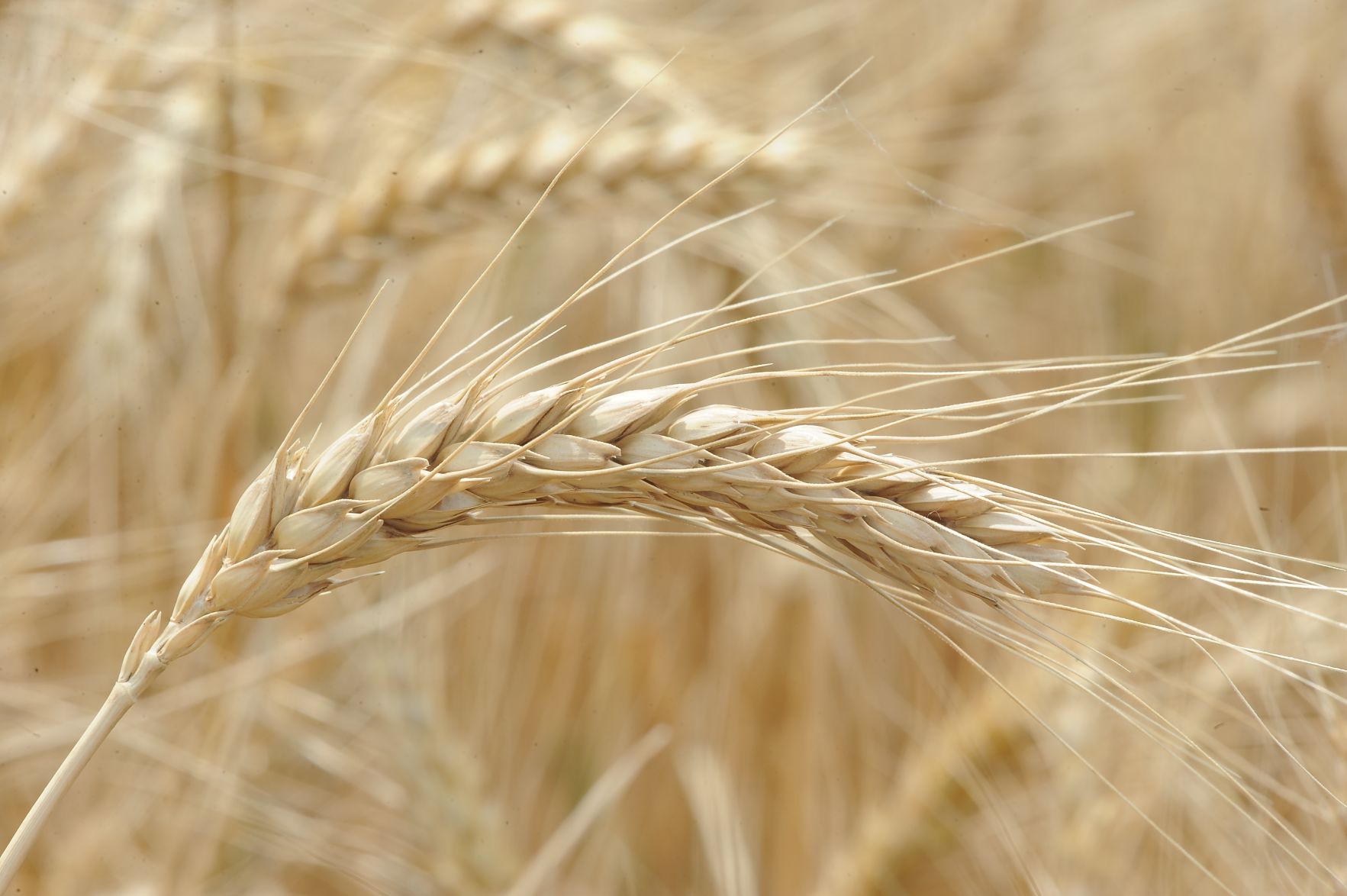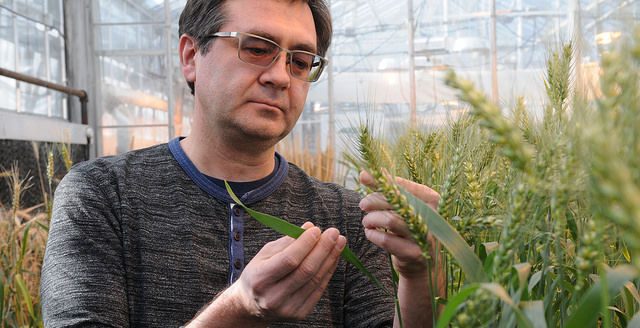Wheat grower Don Hineman of Dighton, Kansas, couldn’t believe his good luck when early September rains dumped 3 to 5 inches on parched dry fields setting him and other Lane County farmers up with near perfect planting conditions.
But the mild and even hot conditions since then, combined with superb topsoil moisture, has resulted in wheat stands that are getting bigger and bigger each day. Hineman is starting to worry that the big wheat might lead to big problems later this winter.
He’s not alone in his concerns. Other western Kansas farmers who also got great planting rains this fall are beginning to wish they could put the brakes on plant growth. Another grower says many of these fields look like they would in April. “You can’t even see the soil between the rows.
The heavy growth has completely canopied these fields.” But with all of the mild conditions we’ve had since planting, the heavy wheat growth has also really dried out the soil. And that could spell trouble ahead with winter kill. Kansas State University wheat breeder Allan Fritz agrees. “It’s definitely a concern that the wheat is so large and soils are drying out.”
The bigger issue here is that the wheat will use up the topsoil moisture and become predisposed to winter kill with later frigid temperatures migrating down into the dry soil and injuring or killing the plant crown. Fritz adds that while the depletion of soil moisture is a concern, he also worries that as we have higher temperatures later than normal in the fall, we become susceptible to a cold spell that could damage the wheat by cold shock as we had in the fall of 2014.
“In the fall of ’14 we had really warm temps in early November including a series of days with temperatures in the low 90s. But then we had a strong cold front come through which dropped the temperatures from 90 to 7 in the matter of a few hours. There were differences in how the wheat varieties handled the cold and sudden drop in temperature but some varieties didn’t tolerate it well at all and they died. That was chalked up to winterkill but it was really cold shock when the plants weren’t adequately cold hardened before getting slammed into the deep freeze,” Fritz says.
He further explains that plants acclimate to cold gradually through exposure. “If we get high temperatures and the plants don’t adequately acclimate to cold, they can be damaged or even killed. Plants can also ‘de-acclimate’ and lose their cold hardening if we get a period of high temperatures.”
K-State wheat breeder Guorong Zhang, Hays Experiment Station, adds that if growers are worried about the wheat getting too big, they might be able to slow it down by grazing it.




